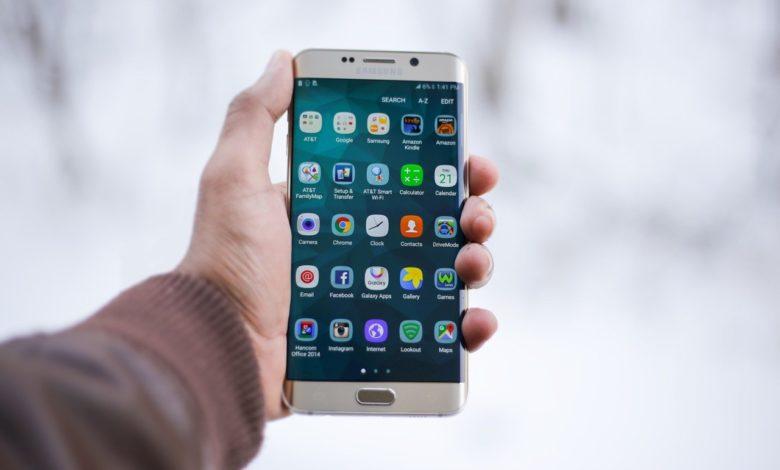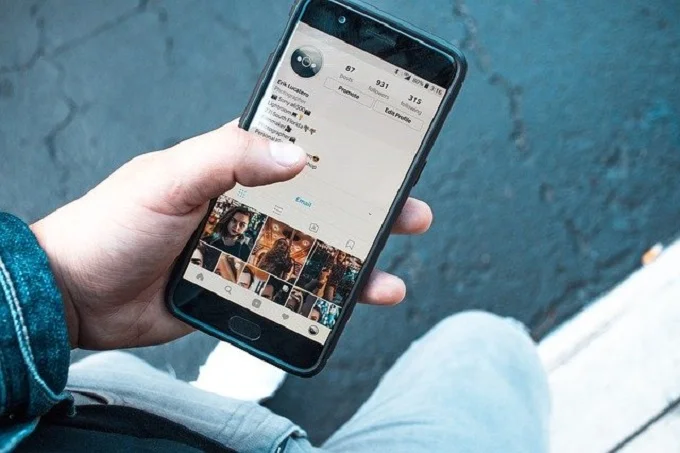How major smartphone brands drive consumers quite crazy

Every spring, it is a permanent fixture: the big brands relaunch a load of top smartphones, with better screens and better cameras and better batteries. The technological race is being fought to the gum. Sometimes it seems a bit like they forget something important: what’s in it for the consumer?
The fact that Samsung is lord and master of the smartphone market, the Korean giant, may have wanted to rub it in even more by the end of February by launching not one, but four new smartphones. The company proposed three versions of the Samsung Galaxy S20, the successor to the Samsung Galaxy S10 launched last year. And they were all superior to both their predecessor and most of their competitors. And then there was the daring Galaxy Flip Z, a pliable version of the time-honored ‘mussel shell’ smartphones.
The S20 Ultra was particularly successful, with its luxurious features and a provisionally unrivaled battery of four camera lenses. The price could also be called peerless: for less than $1,500, you will not find one.
Market shares
In summary, the major smartphone brands have driven consumers completely crazy, and Samsung remains the master of that, but the titanic battle at the top is tight.
According to the latest figures from the market research agency, the Korean giant last year consumed no less than 296 million smartphones, holding the company with a massive 19 percent market share.
Apple, the former second in the market, saw its market share drop to 12.6 percent of the market in 2019, with 193 million iPhones sold.
Chinese manufacturer Huawei continues to struggle with the fact that it is no longer allowed to install official Android versions on its smartphones
The second place was taken by Huawei, whose P and Mate smartphones have attracted many users in recent years. The Chinese manufacturer climbed to the second position with 240 million smartphones, with a market share of 15.6 percent.
Huawei, meanwhile, ended up in turbulent waters. The Chinese manufacturer continues to struggle with the fact that it is no longer allowed to install official Android versions on its smartphones because American companies – including Google – are no longer allowed to do business with Huawei by order of the US government.
Vacuum
Huawei has an ambitious plan ready to lead the consumer to a kind of own ecosystem, based on a self-raked open-source version of Android. They also started their download store that, according to Huawei itself, has 400 million active users per month. This makes it the third-largest mobile download store after Google Play and Apple’s App Store.
Experts say that the chances remain that Huawei will lose consumers due to the hassle and that there will, therefore, be a vacuum in the third position. A few painted table jumpers are clearly ready to charge. Oppo, another Chinese manufacturer, has just shone with its luxurious Oppo Find X2. Sony released the equally appealing Xperia 1 II in the margins of the canceled Mobile World Congress in Barcelona, and OnePlus undoubtedly still has something up its sleeve to launch this year.
Huawei has not yet won and recently made a perhaps brilliant move by partnering with other Chinese brands such as Xiaomi, Oppo, and Vivo. Apps that you install on the Huawei Mate 30 Pro and the upcoming P40 will also work on devices from those two manufacturers. What if the Chinese, with united forces, suddenly get that ‘third ecosystem’ going? Exciting!



